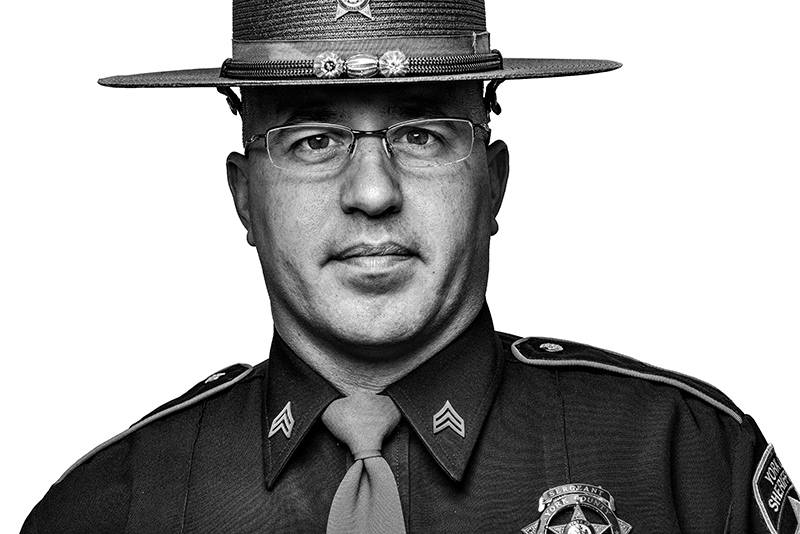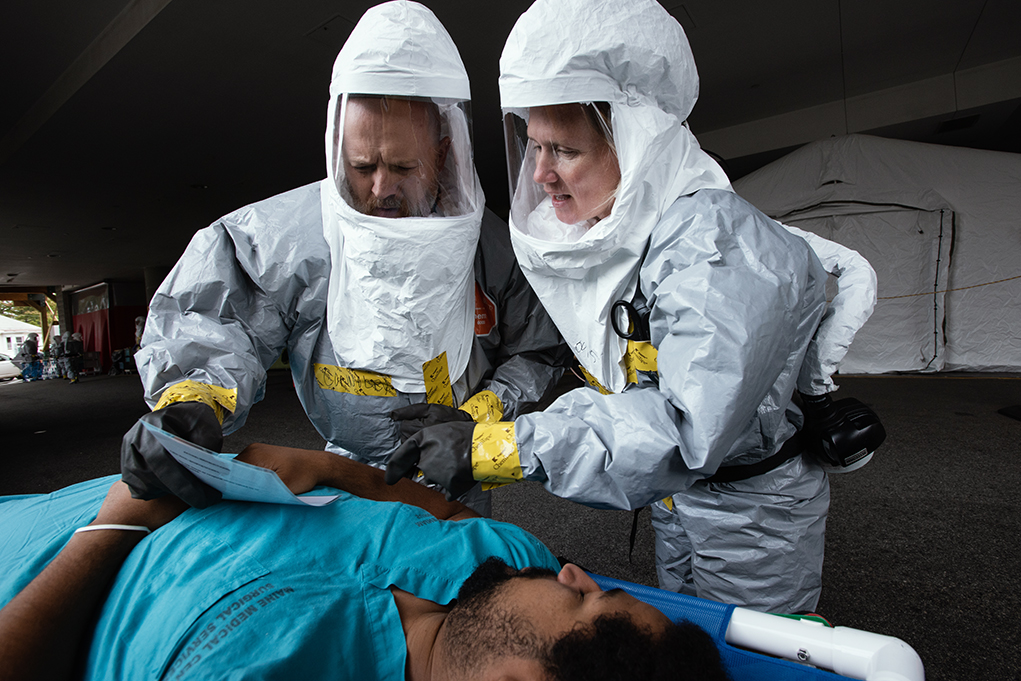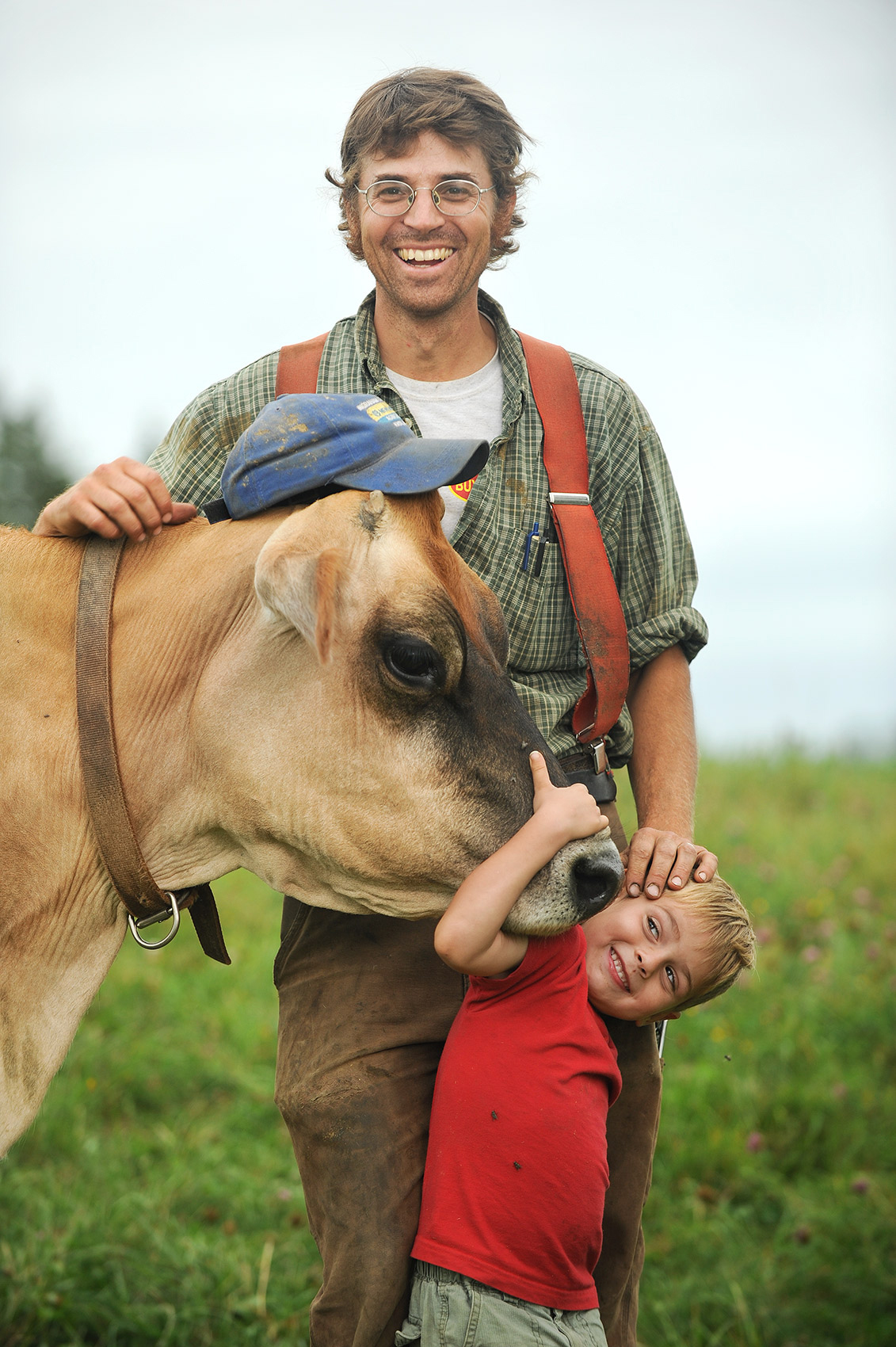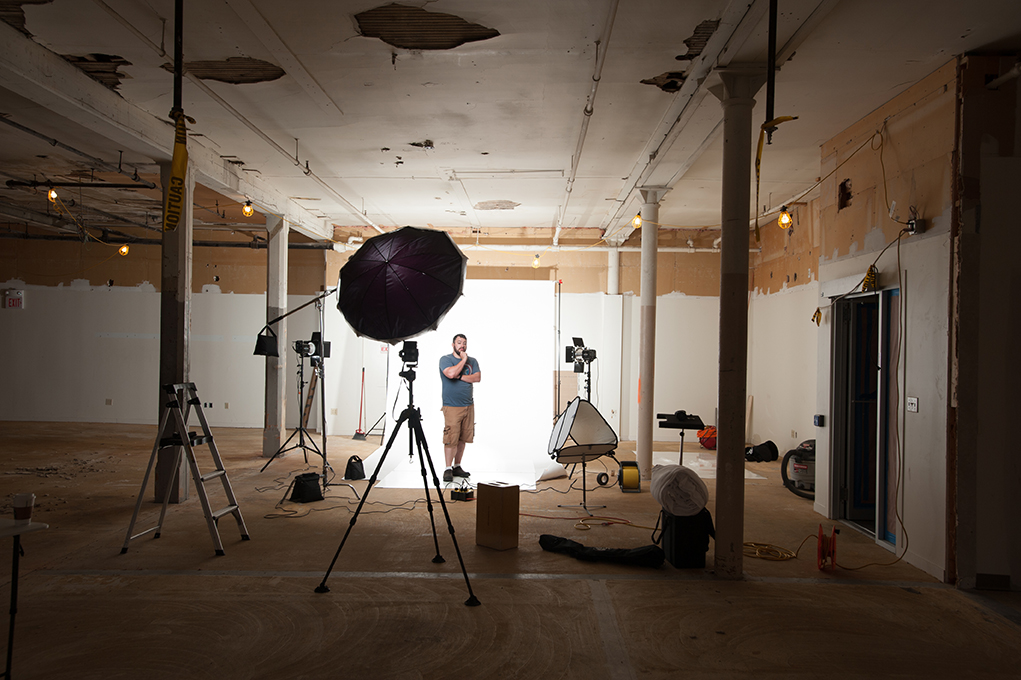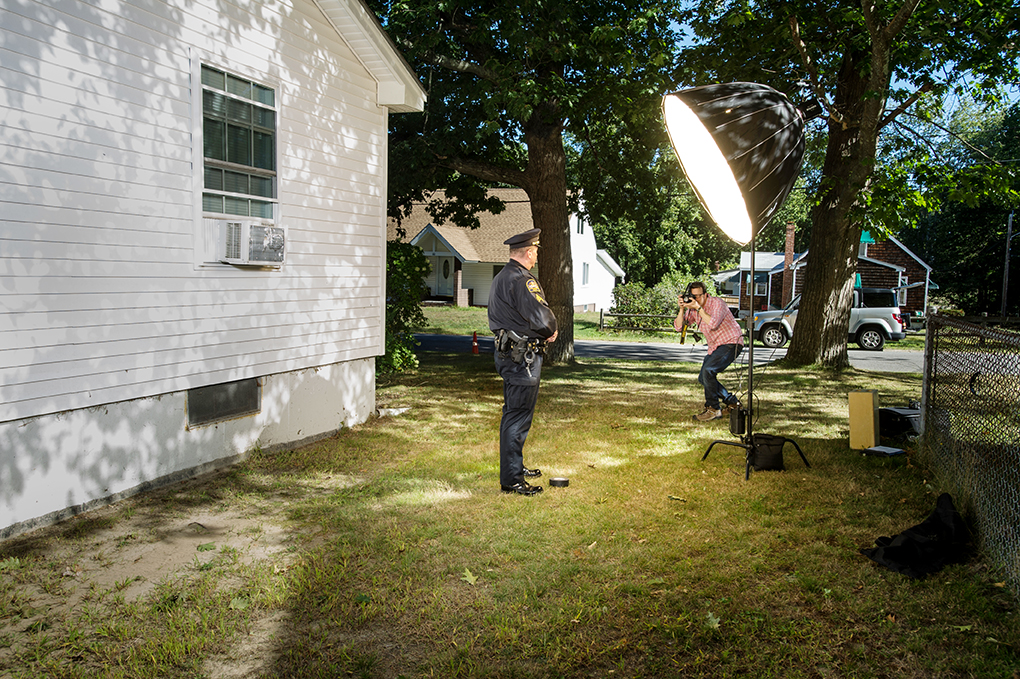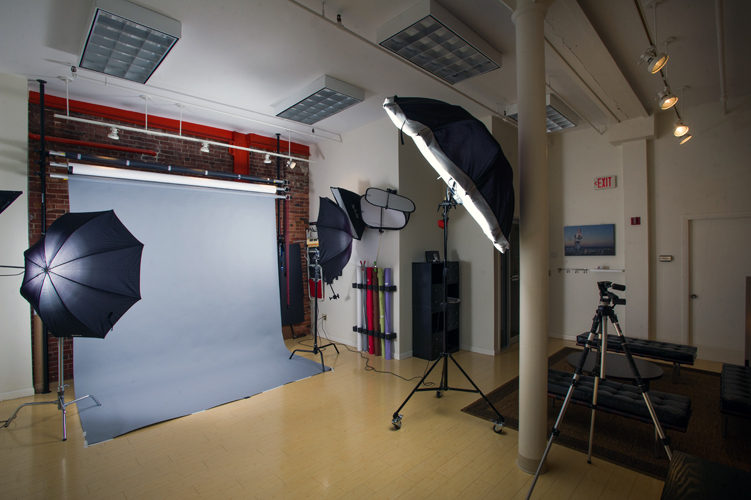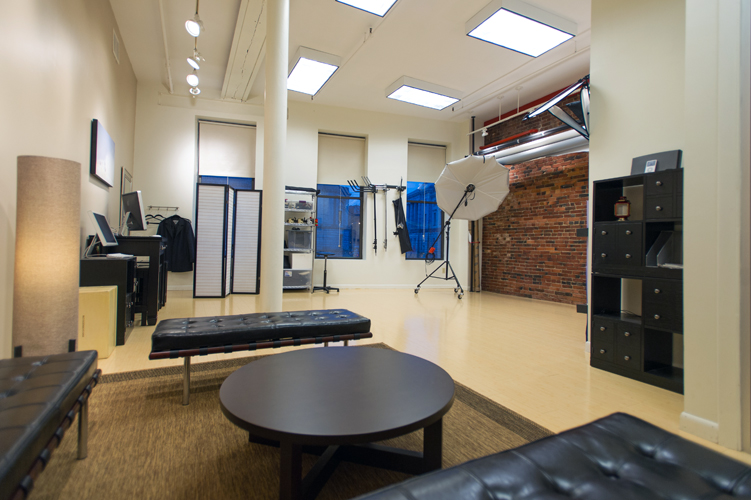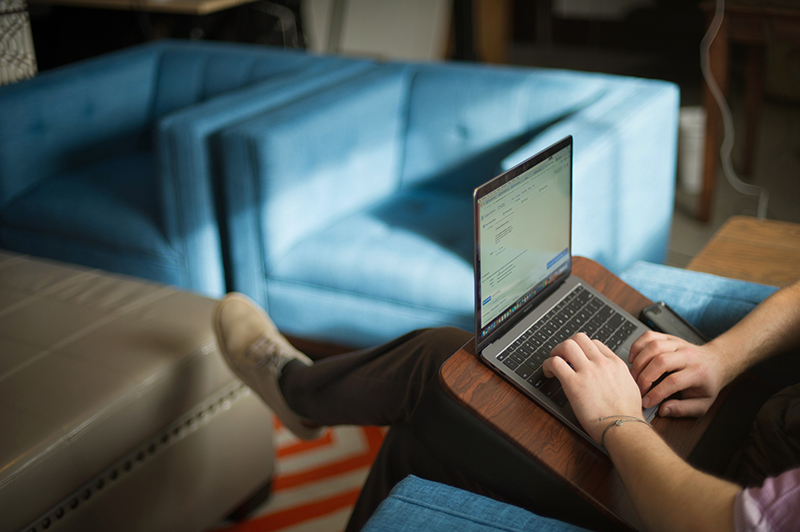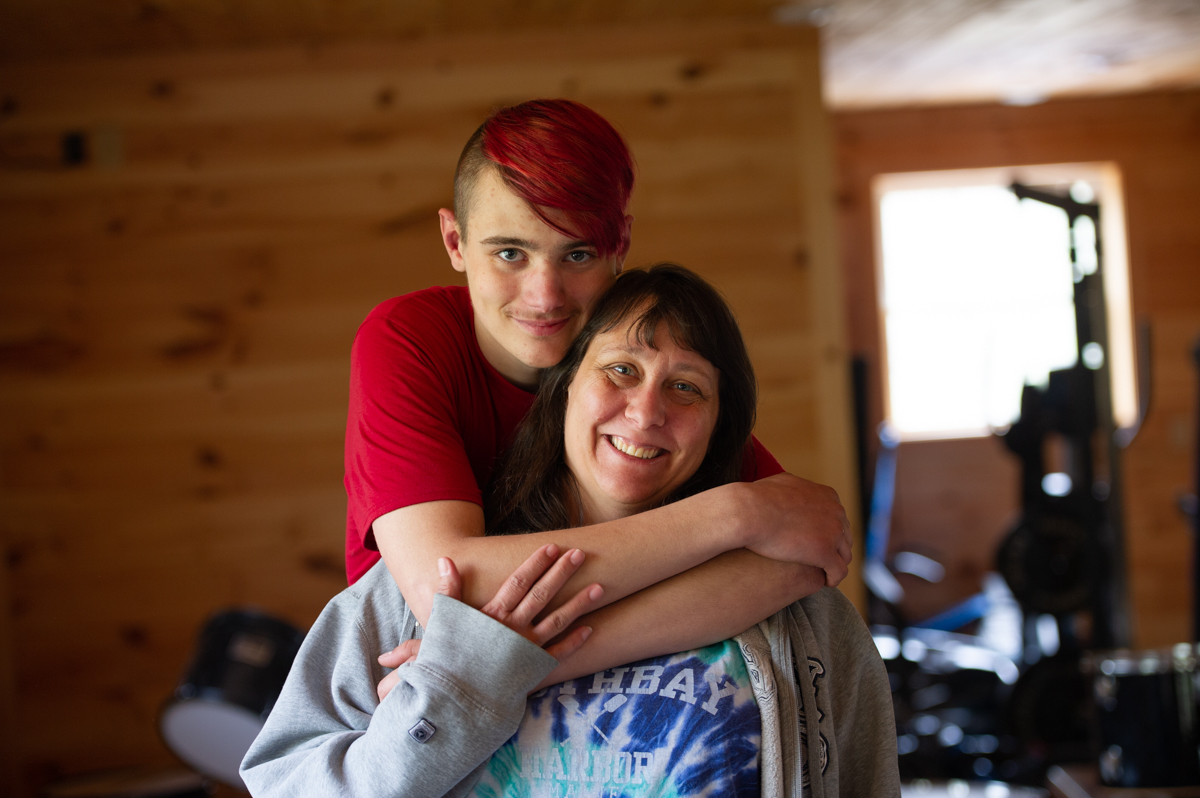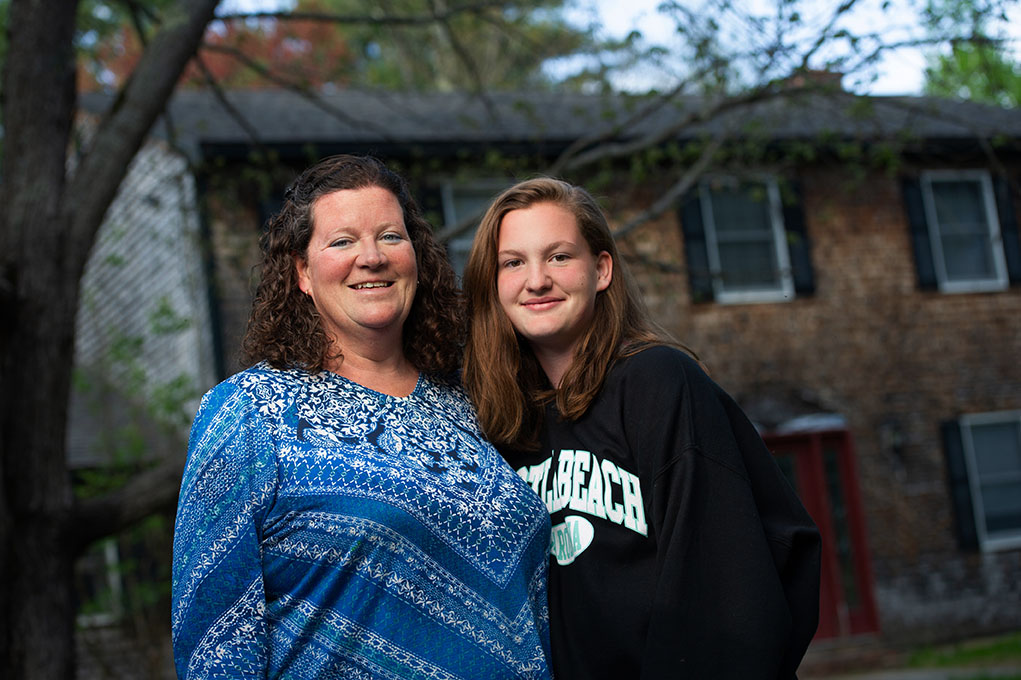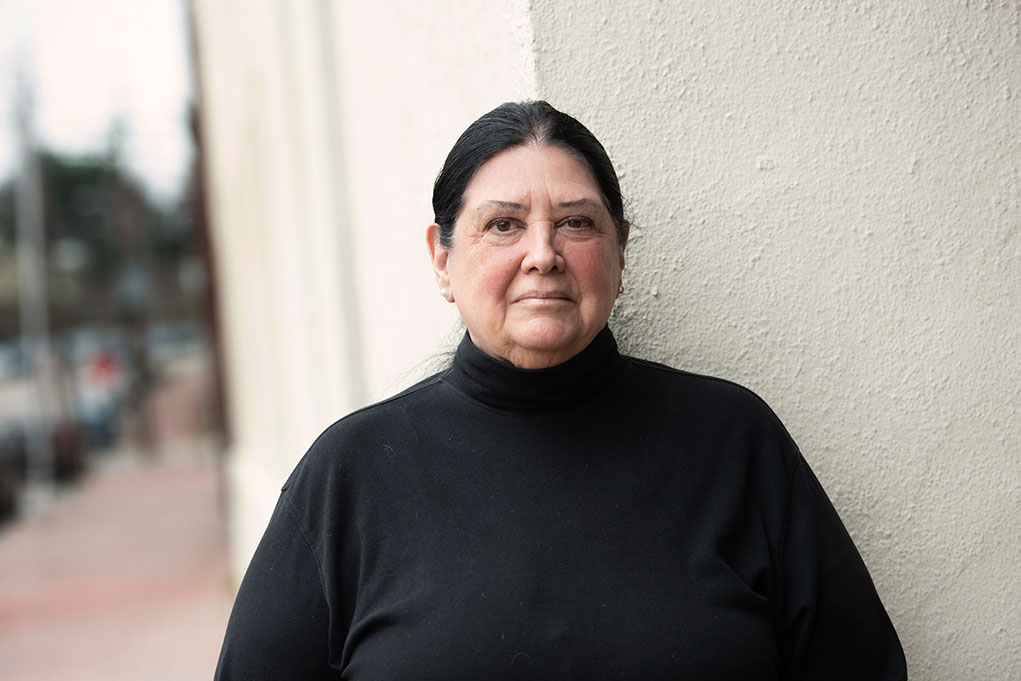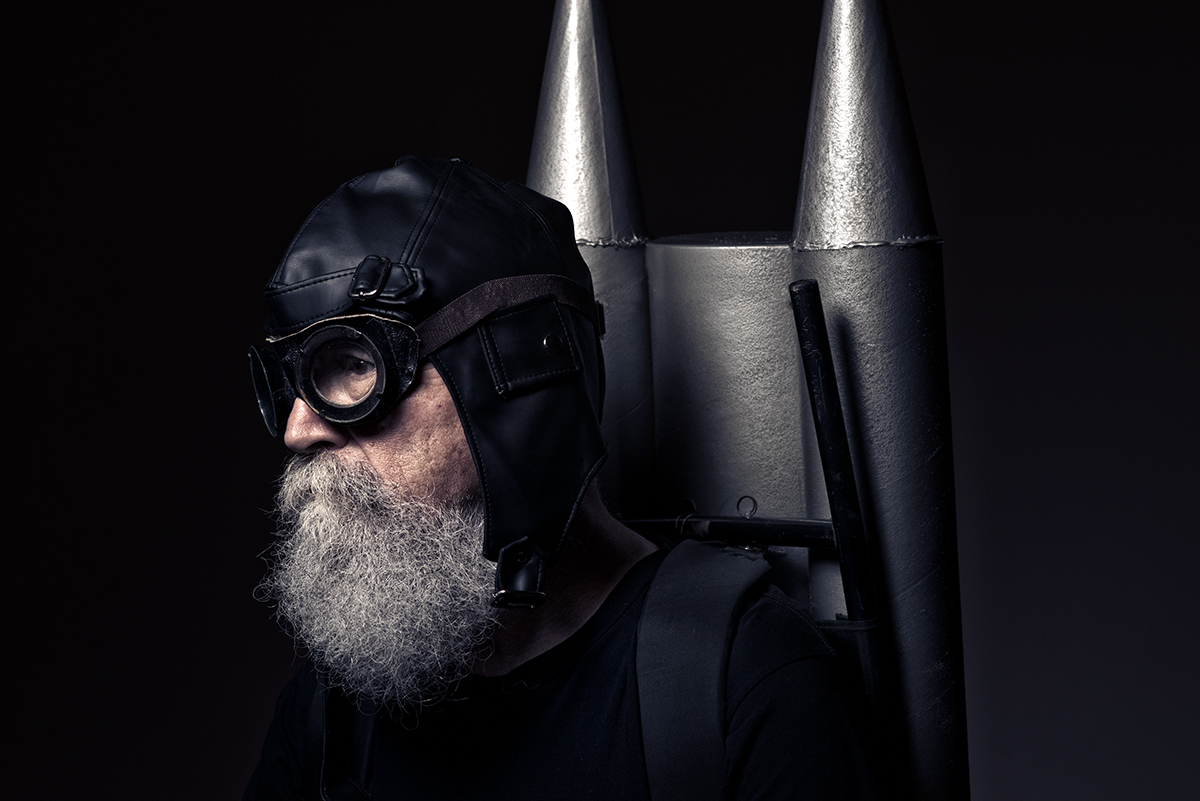
The past three months of constraint and restraint have underscored how important it is to a have a deep content library. My clients have been unable to commission new shoots due to the pandemic, but for those with a deep image library it isn’t a problem. We’ve gone back over their images and realized that many are still usable and relevant.
That brings up another issue: storage and archiving of your image library and other digital assets. If you had to access images and videos taken months or years ago, would you be able to find them easily….or at all?
I’ve written before about how important it is to archive your images and other digital assets. For most brands, their image and video libraries–compiled through time-consuming and costly shoots, purchases of stock assets, and contributions by staff–represents a huge value and investment in time and money.
Yet, they don’t have a central area where these images are stored. Their assets are spread out over multiple local computers and perhaps online, making them far less useful. If they are in one place, that one place is often a single computer or drive with no backup, no redundancy and no options in case of drive failure.
As certain as the sun rising tomorrow, your computer drives will fail. I recommend all of my clients have at least one extra copy of their digital assets that everyone in their organization has access to.
Several times a year, clients email me with requests to locate images taken in the past—some more than a decade ago—that they’ve misplaced or lost. No problem, I tell them. I’ve got it.
Our simple policy is the 3-2-1 backup rule evangelized by Peter Krough, digital asset management “DAM” guru to protect against any failure scenario: Store at least three copies of your data using at least two different types of storage media with one of them located ‘offsite’, or off premises.
We store a minimum of 3 copies of all digital files, whether it’s the original, raw, unprocessed images taken with the camera or the final ‘derivative’ versions delivered to our clients and pressed into use. One is stored on local external drives. Another is backed up to external drives located offsite. The third is stored on the cloud (which has its own redundant backup). For the ‘final’ delivered images, I also store these in a fourth location: an online digital archive that I can give clients direct access to as needed. Some of my clients depend on this digital archive as one of their copies.
So if you work with a professional photographer, ask them about their archiving procedures and standards. They should be able to clearly explain what happens to your images, how they are backed up and protected, and if you ever need to retrieve images you’ve lost, they will be able to quickly provide you with copies of the originals.
–30–


